Niels van Roij is unusual in the car design world in that he has never worked in the studio of an established car manufacturer, serving his time at the drawing board and sketching relentlessly for years. Taking an unconventional route from the Royal College of Art (RCA), he has found himself in an almost unique position.
Aged 36, the Netherlands native now has a thriving business based in Greenwich, London, creating one-off coachbuilt cars for the kind of affluent collector who prizes exclusivity or wants to take the traditional ‘customisation’ offered by super-premium makers further. Indeed, Rolls-Royce is now following the trail blazed by van Roij, with its new ‘whole car’ custom-build programme.
I first met van Roij eight years ago, when he was working with a company called Car Design Research. I had been invited to the RCA in London to take part in research for an undisclosed manufacturer, and van Roij was the inquisitor.
It didn’t take long to realise that the research was about attitudes towards Volvo and how the brand might reinvent itself after being acquired by Chinese company Geely.
The Dutchman had just ended two and a half years working on one of the entries for a new London taxi competition. The project was being run by Turkish vehicle maker Karsan, and van Roij had been approached to work on the design after he graduated from the RCA in 2012.
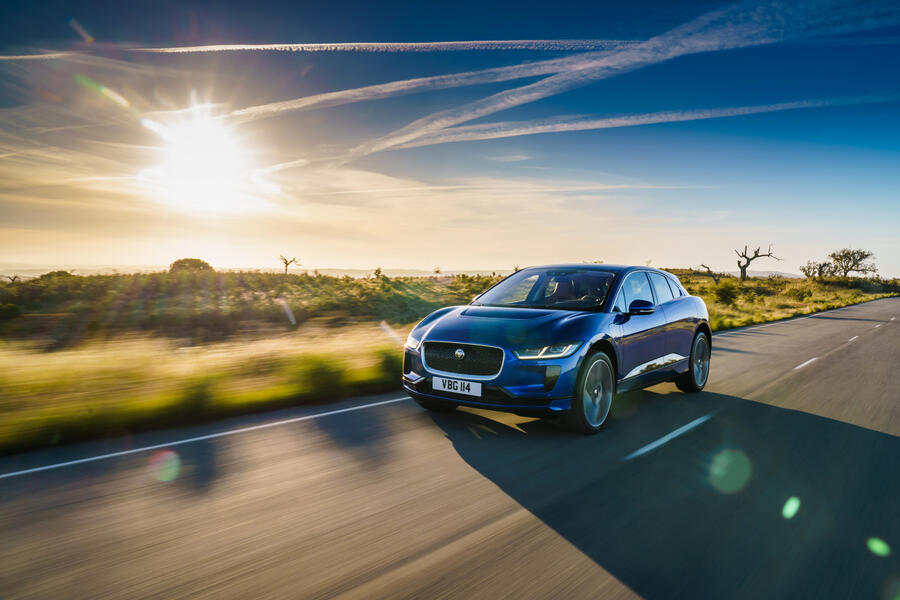
He recalls: “I was based at the Helen Hamlyn Centre for Design [an RCA-associated venture that has long specialised in projects emphasising accessibility]. We built a full-size styling buck and carried out a lot of research with cabbies. We interviewed them and went into their shelters, one of which is right opposite the RCA. We also held workshops with elderly, blind and pregnant people, all testing the buck for accessibility and comfort.”
Van Roij was recommended to work on the Karsan taxi because it was an ‘inside-out’ project, one that was driven by the interior package. His RCA degree project was a proposal for a car interior, rather than for yet another supercar.
“I’m the sort of car designer who has been drawing cars since the age of three or four, and my mum still has my drawings,” he says. “As soon as I knew of the RCA, I had it in focus, and my goal was always to go there.”
Van Roij says that his final project at the RCA was an “inclusively designed car interior; a working model made of foam that you could sit on”. He elaborates: “It was focused on people growing older and what to do with those who want to retain their mobility. It was a study in ergonomics. I also worked with an optometrist and conducted a lot of tactility research.”

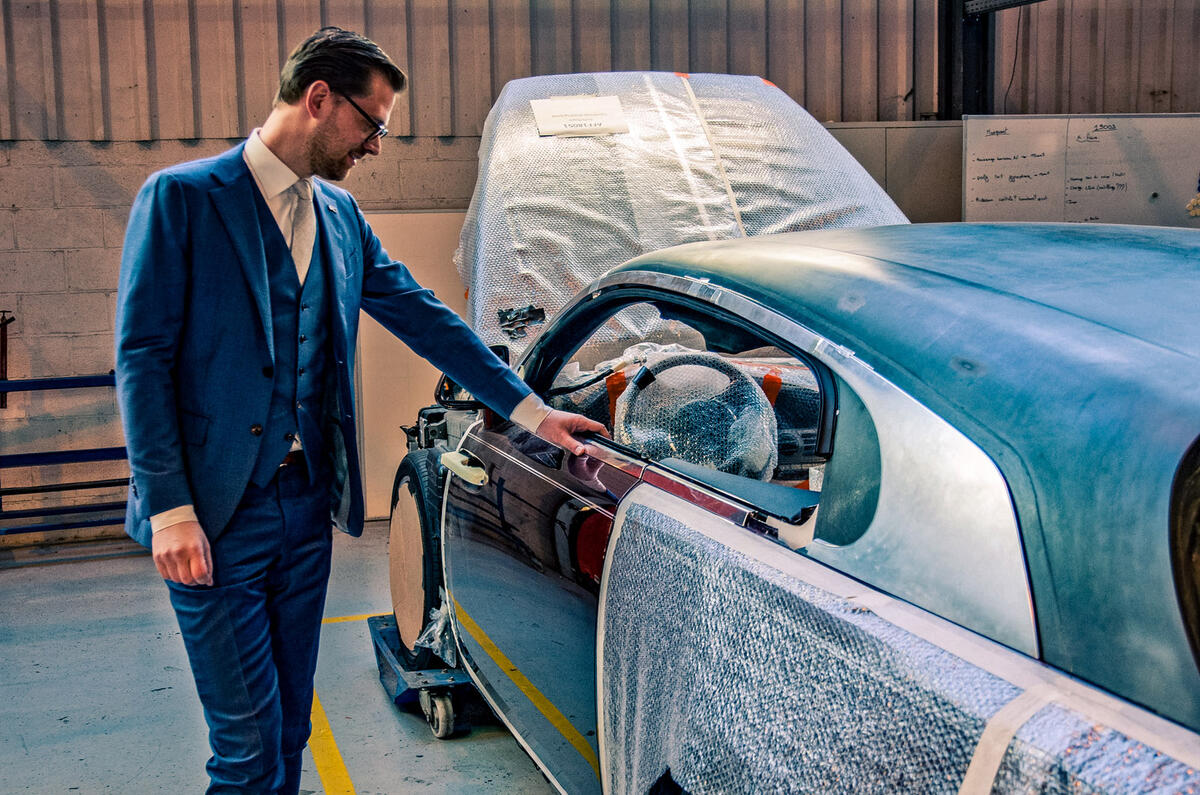
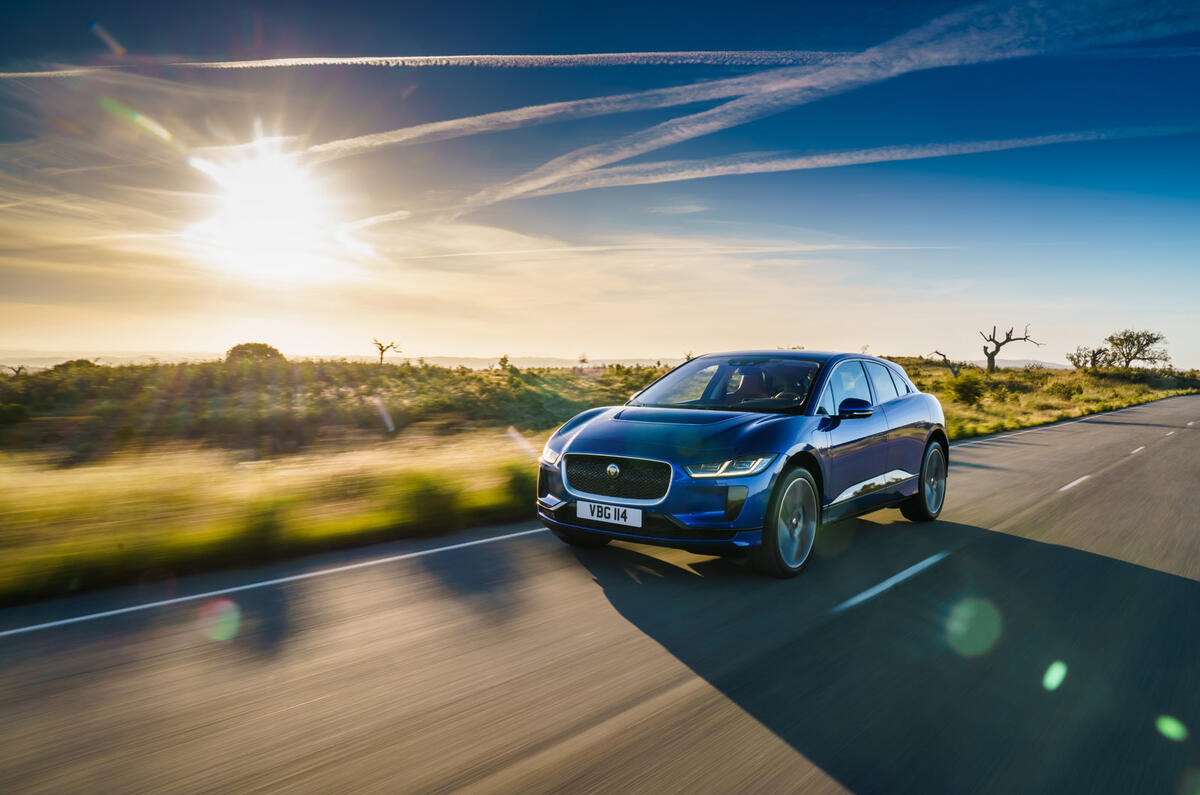
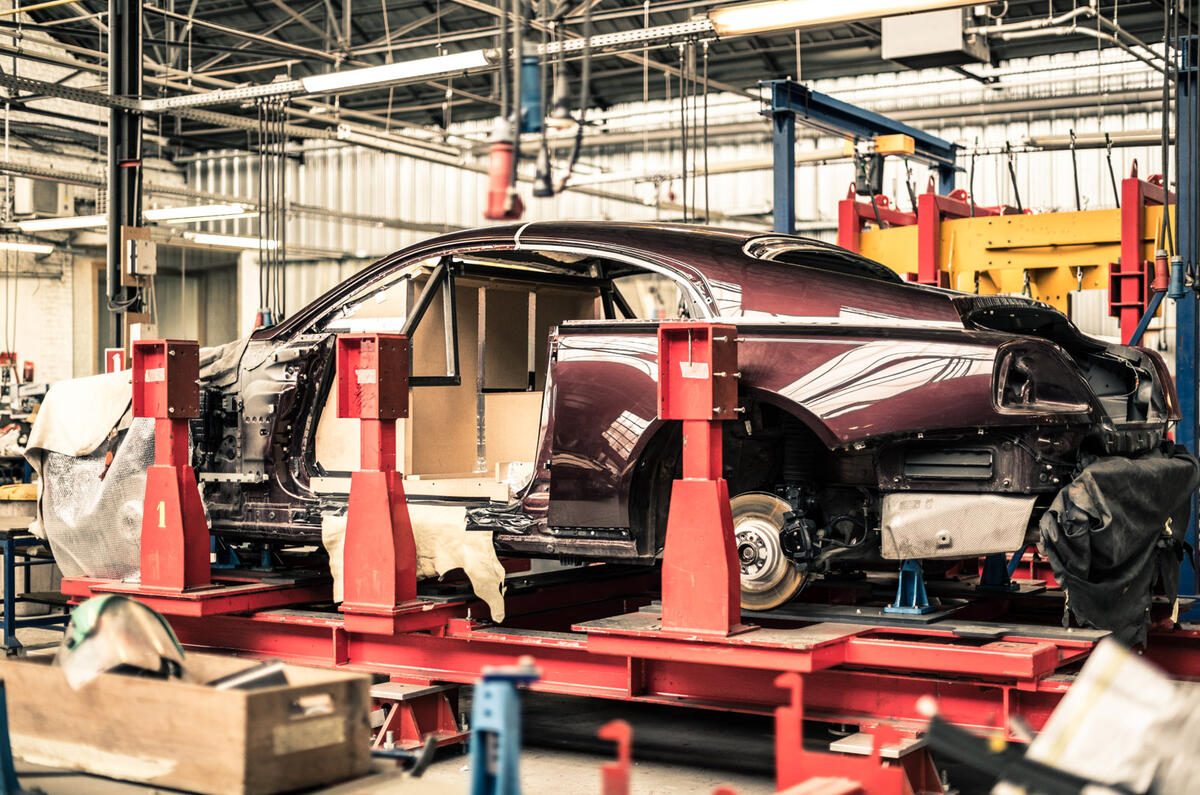

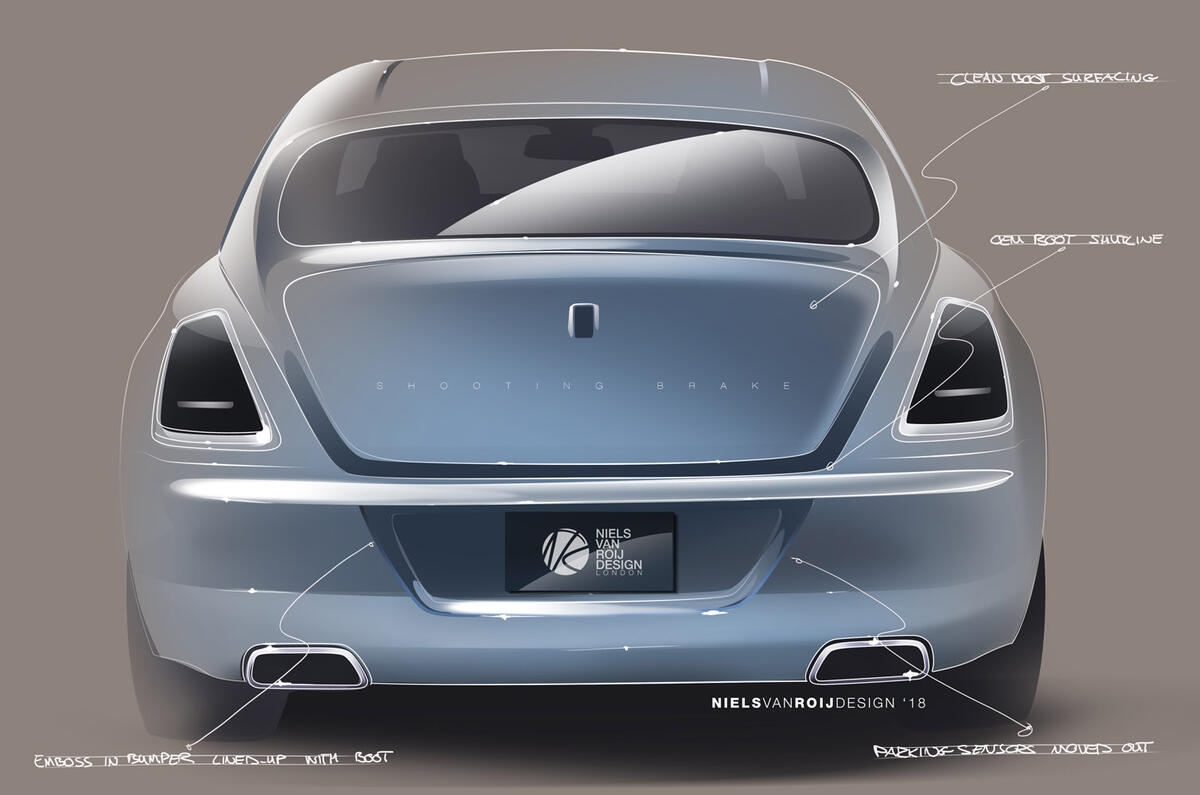
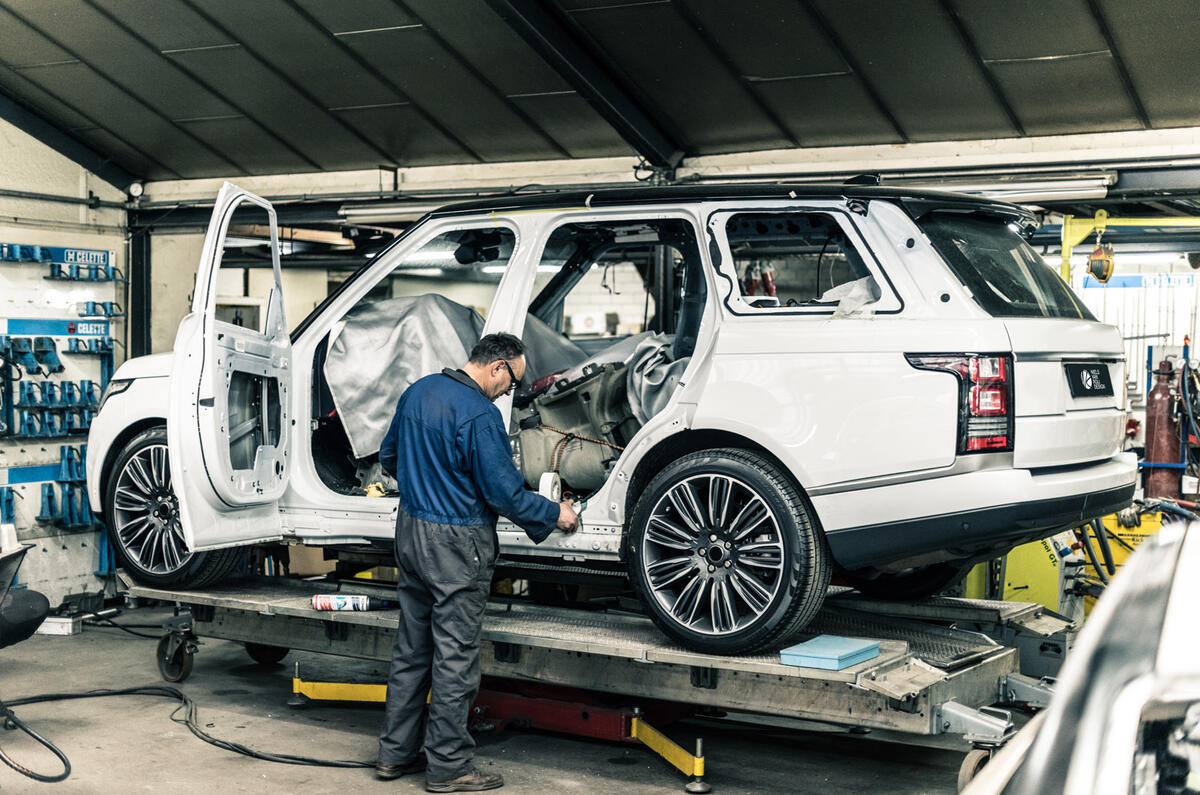
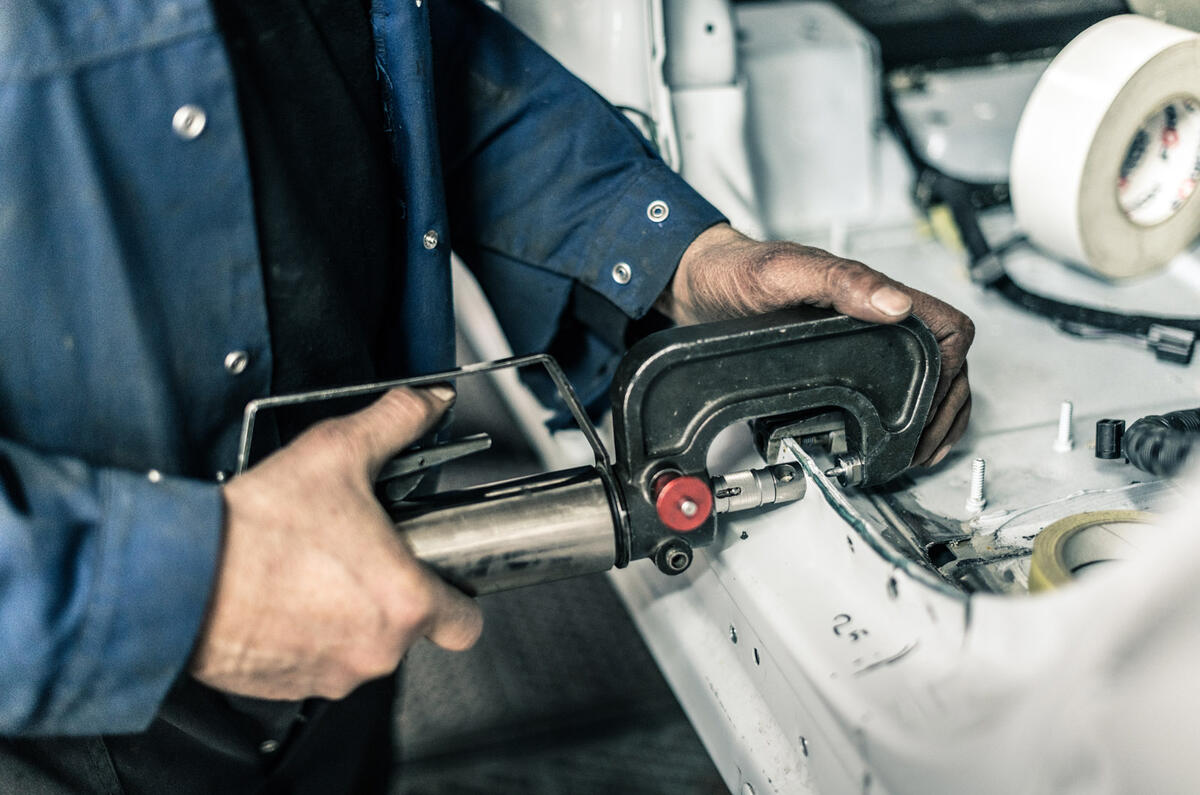
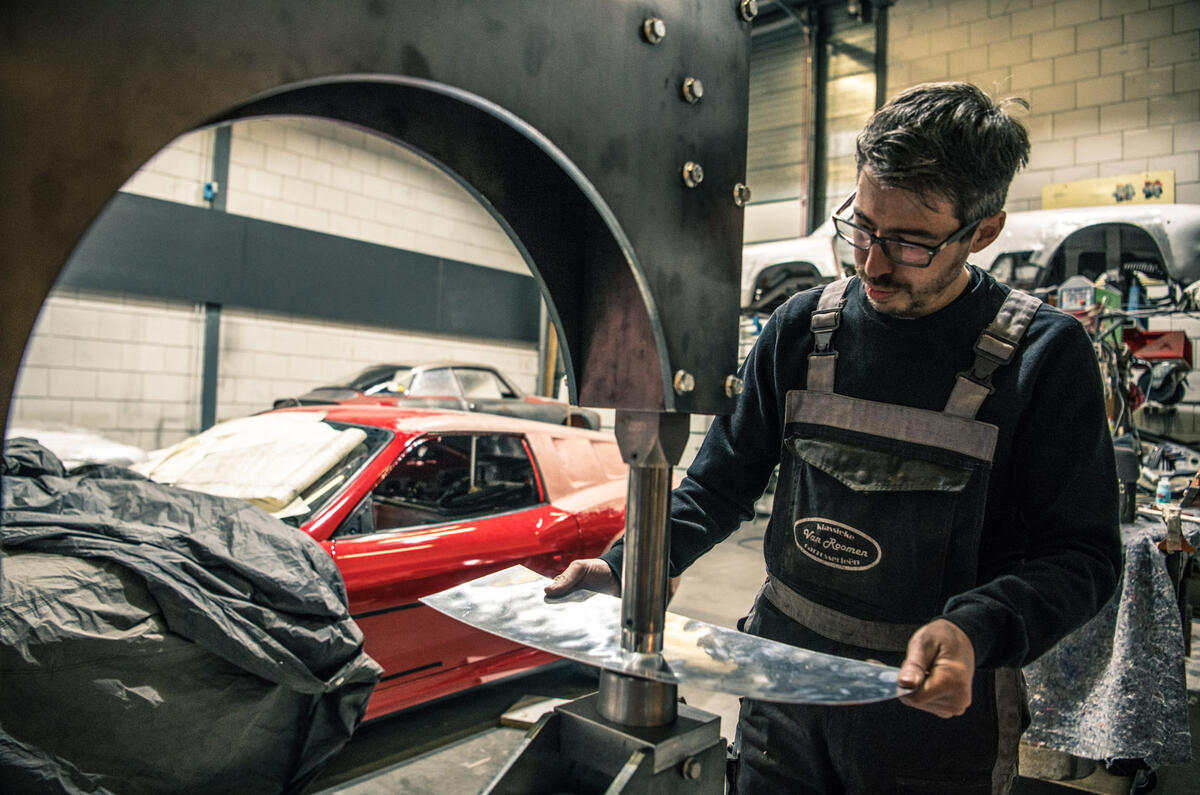
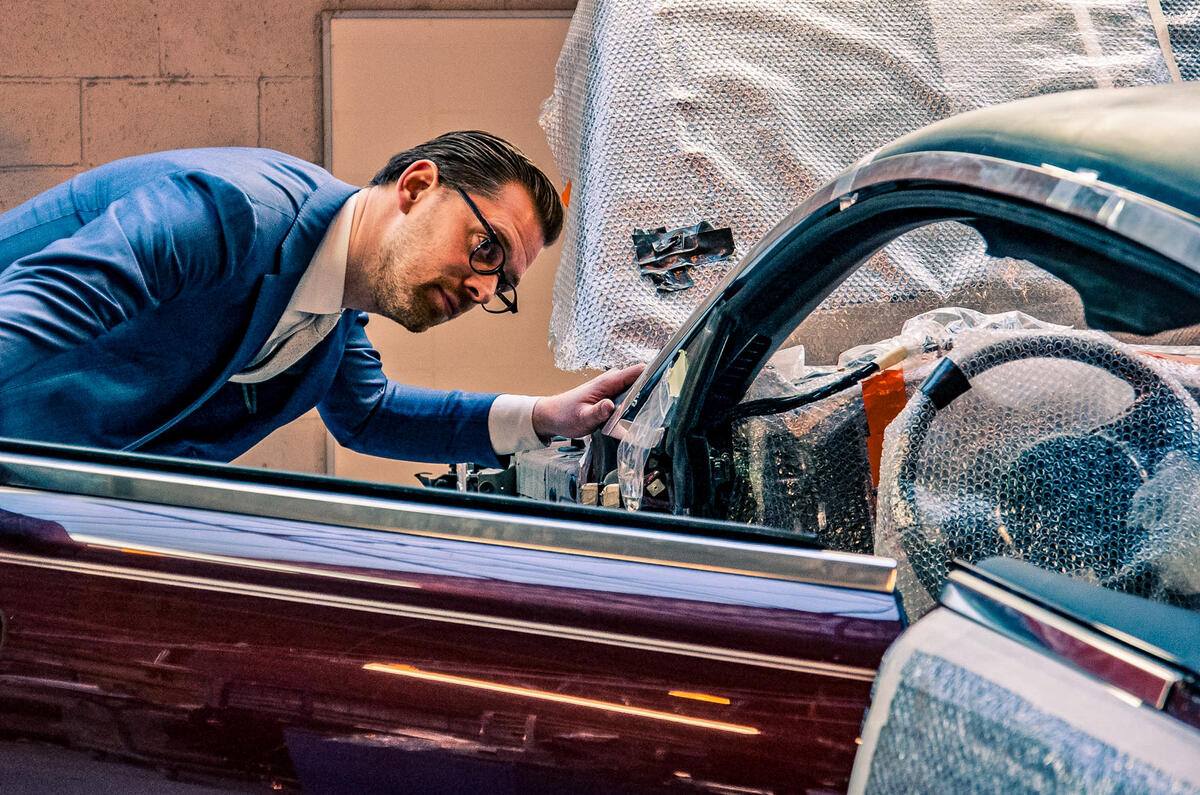
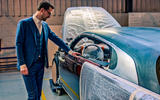
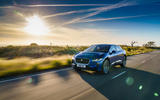
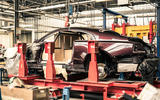
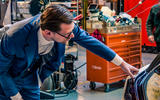
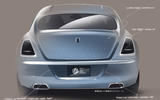
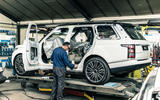
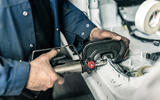
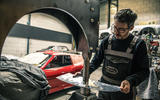
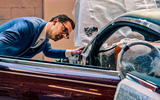

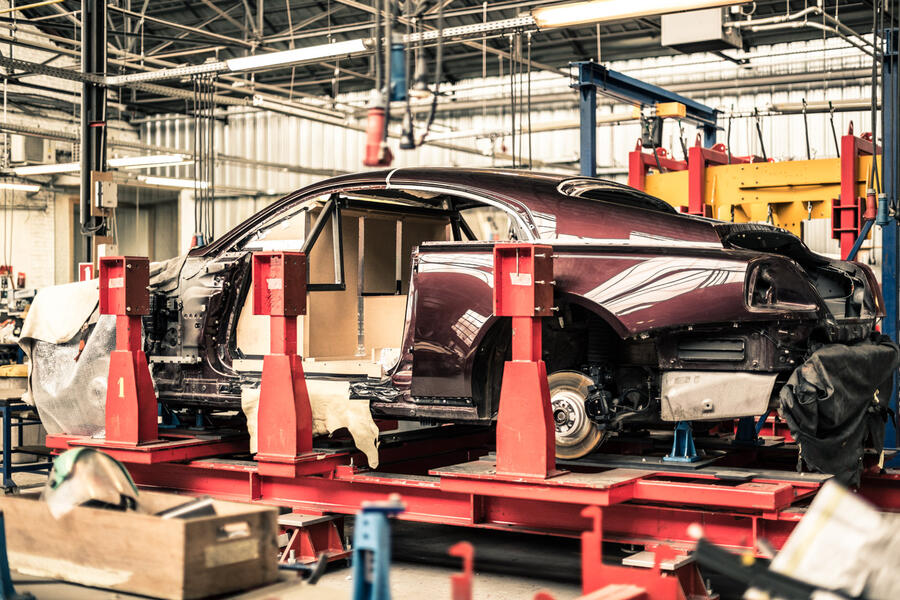
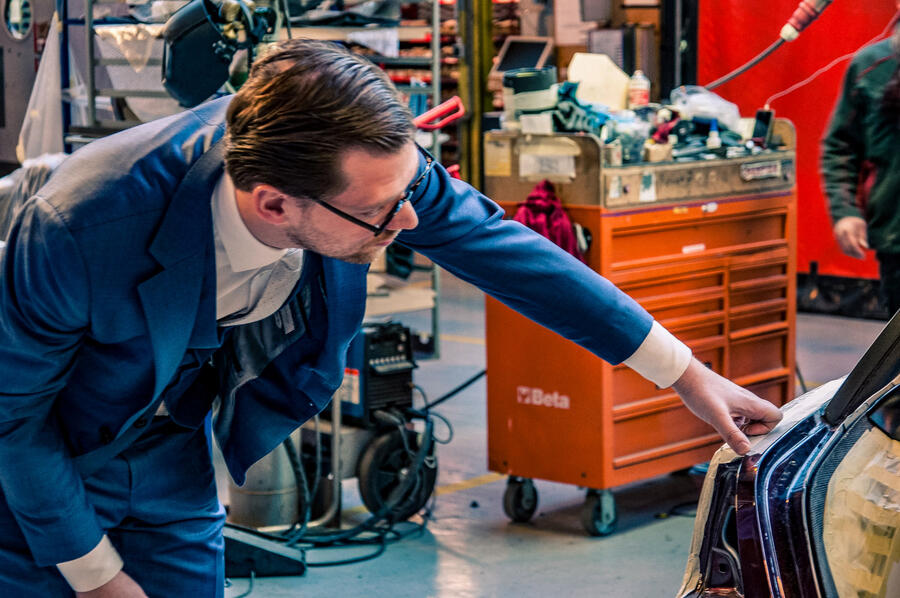
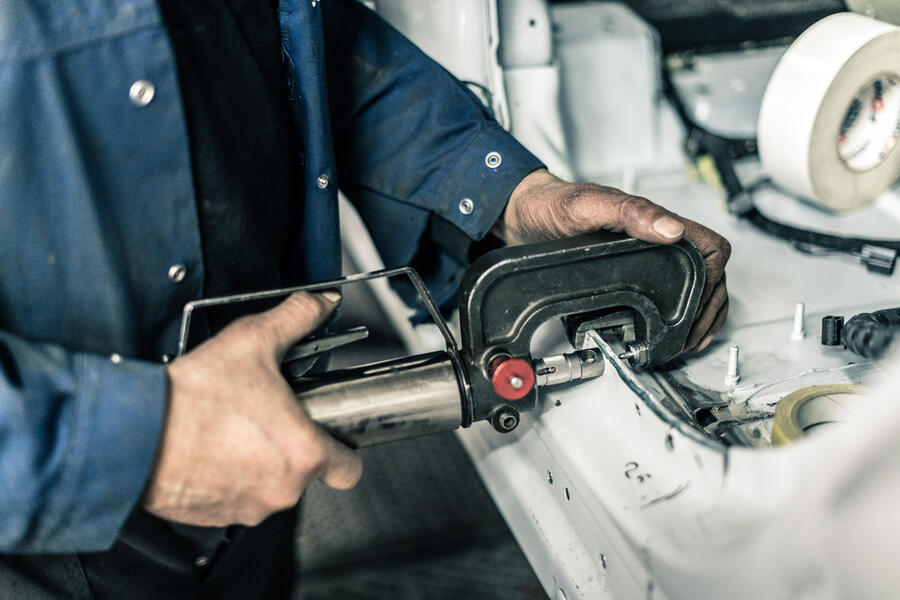
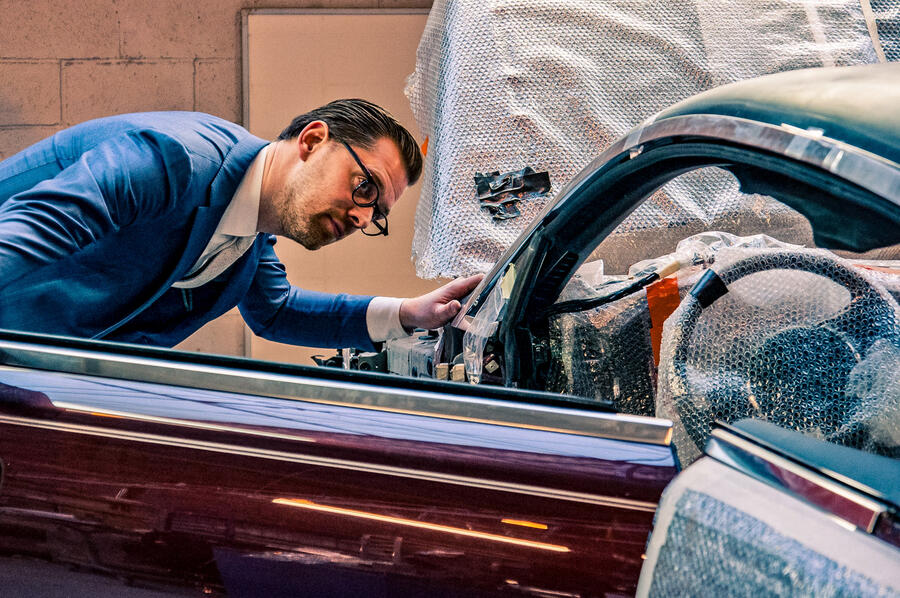

Join the debate
Add your comment
Great piece and so good to get an insight of what a real designer thinks of the new models being churned out.
Very good .